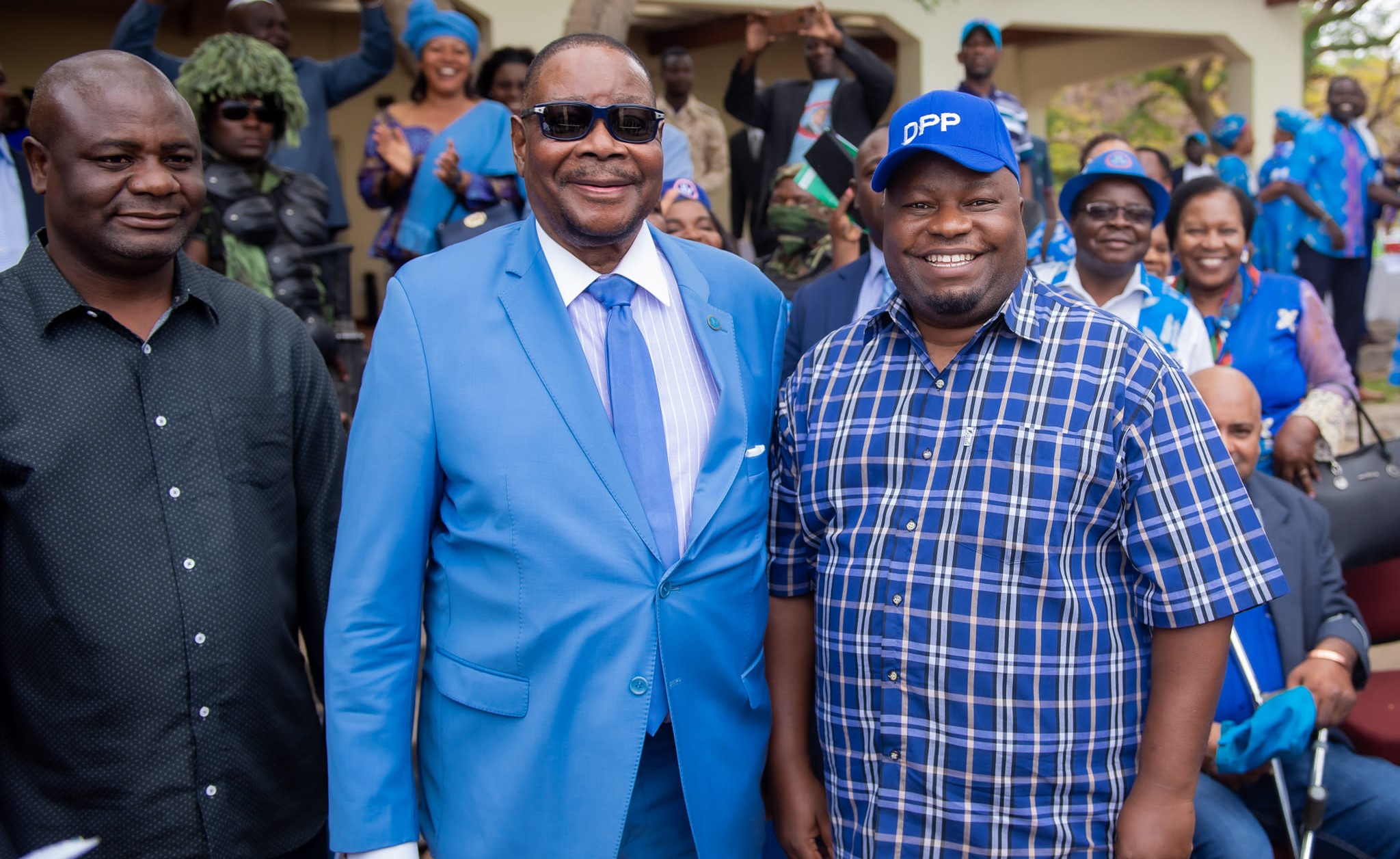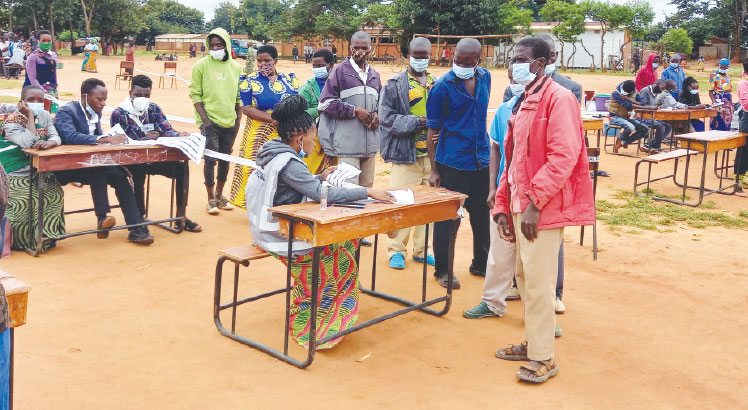Who is fooling who on fertilizer donations?
Government should come with convincing answers to questions about what it is using money saved from the Affordable Inputs Programme (AIP) after it received fertiliser donations from Morocco and the Russia through the World Food Programme (WFP).
Government budgeted K109 billion for AIP in the 2022/23 fiscal year. Of this amount K97 billion was for procuring fertilizer. The balance was for other components of AIP. The programme earmarked 2.5 million beneficiaries. But as President Lazarus Chakwera would say: “The gods smiled at us.” The Kingdom of Morocco donated 10 000 metric tones (MT) of fertiliser which was processed into 52 000 MT. Minister of Agriculture Sam Kawale said the processing and transportation of the commodity to various parts of the country cost K40 billion.
Government also received 20 000 MT from Russia through WFP. Kawale said government also spent part of AIP money to transport the fertilizer from Beira in Mozambique and to selling points. Well and good.
But the minister would do much better to explain how much exactly government has spent transporting the fertilizer from Beira to Malawi. So we can do the arithmetic and see how much will remain from the total amount of K97 billion after taking out K40 billion for blending.
A beneficiary is redeeming his or her two bags of fertiliser at K30 000. We can even assume that government will use the balance from transportation to procure more fertiliser if the 72 000 MT is not enough.
Assuming all the 2.5 million beneficiaries redeem their fertilizer, the redemption money will translate to K75 billion. This is the money people have been asking government to explain how it will be used and accounted for. Indeed, how will this money be accounted for given our perchance for kusolola?
But let’s go back to the issue of transporting the 20 000 MT from Beira, Mozambique. This fertilizer is actually a donation from the Russian fertiliser manufacturing firm Uralchem-Uralkali. It is part of a bigger donation of 260 000 MT the firm donated to countries in Africa as humanitarian aid. This fertiliser had been stuck in ports in Europe following the Russia-Ukraine war.
The United Nations intervened after being concerned that Africa would be badly hit by hunger if the continent failed to import fertiliser from Russia due to the war with Ukraine.
And so on November 29 2022 on behalf of the Malawi Government, the WFP chartered a vessel MV Greenwish to transport the fertilizer bound for Malawi via Mozambique. The Malawi consignment came from Terneuzen, in the Netherlands. So what WFP donated is transport from Europe to Malawi.
The contentious issue is that government is telling the nation, it is footing the transport bill from Beira. Why should it pay for transportation when WFP is already paying for this all the way to Malawi? I need to know. A WFP report titled Saving Lives, Changing Lives, published on December 9 2022, clearly states that the WFP is transporting the commodity from Europe bound for Malawi. Given the urgency of the need for the fertiliser to be in Malawi soonest, would WFP transport the commodity all the way from the Netherlands only to dump it in Mozambique from where Malawi would have to hustle again owing to its convoluted procurement procedures to ferry it to Malawi?
But even if that were the case, the Malawi government is already making huge savings from the fact that WFP is footing the fertilizer transport bill from Europe. Without the war in Russia and Ukraine Malawi would still have to buy and import the commodity. The war has thus cut out the middle men who make a killing from the business.
So, apart from the K75 billion it is collecting from selling the fertiliser to the 2.5 beneficiaries, government would thus do well to also quantify the savings from the deal with WFP.



